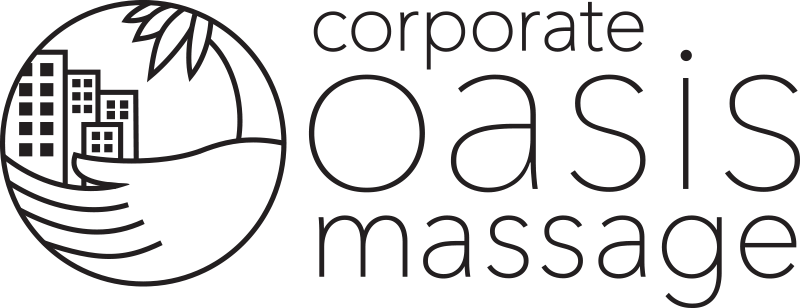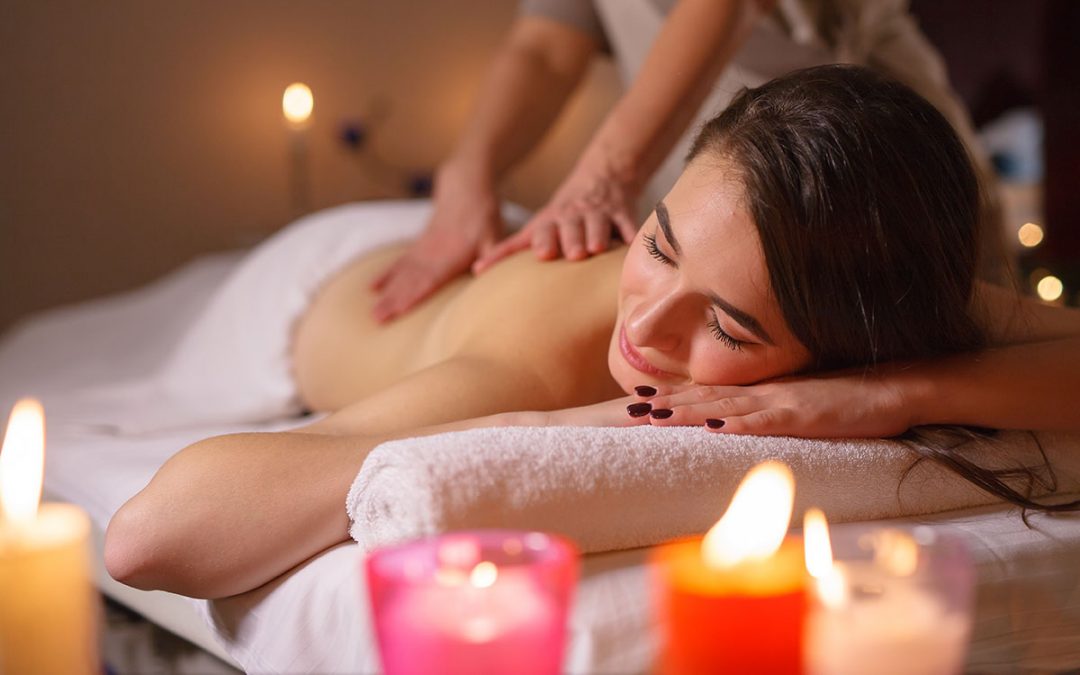When you walk into a massage session — whether it be an hour on the table or 15 minutes in the chair — you bring the stress you’ve accumulated with you. And you need to start relieving that stress immediately. That’s one of the reasons why it’s important to start the relaxation process even before you climb on the table or into the chair. That begins through massage atmosphere.
Massage Atmosphere Starts with Lighting
When you step into the room, you’ll notice minimal lighting (unless you’ve told your therapist that you want it brighter). This is because the level and type of lighting can trigger different reactions in the body. It can relax you, or it can stimulate you. Unbelievably, it can also affect stress or depression — making it worse or more manageable.
One way we can look at this is through a lighting study called “Shining Light on Atmospherics: How Ambient Light Influences Food Choices,” done by a group of researchers from Cornell. During the course of the study, they found that if you eat in a restaurant with lower lighting such as a fine-dining establishment, you’re apt to choose food that is more comforting instead of healthier choices. This is because the low “mood” lighting relaxes your mind and allows you to be more carefree.
Lighting works the same way in a massage atmosphere. It tells your brain that you are now in a comfortable, cozy setting, and you should feel free to unwind. When the low lighting allows your mind to relax, it allows your body and muscles to relax, which benefits both you and your therapist — and you have the added advantage of not having to worry about choosing fattening foods.
There are several ways a massage therapist may keep lighting low in your session. They may dim lights, use votive candles, or use small lamps to light the room. Of course, if they are traveling to you — like Corporate Oasis often does — they have to work with what they’re given. We’ve sometimes had to use the backlighting from a TV to keep lighting cozy, but we’ll do what we can to make sure that you’re in the most relaxed atmosphere possible.
Moving on to Music
After you notice the lighting, you’ll probably notice the music next.
According to an article from PsychCentral titled “How Music Impacts, Helps Our Emotions,” sound plays a pivotal role in our emotions and state of mind. Baseball players have certain songs the stadium plays when they step to the plate to get them amped. And think about why you’re more likely to listen to sad or angry music when you’re upset.
It works the same way for a massage atmosphere – we use meditative music to help put you in a relaxed state. When your mind is relaxed, your body is relaxed. That makes it easier for us to get deeper into the tissue without tense muscles fighting back.
Of course, if you don’t like the music, you can always ask us to change it or turn it off.
The Scent of the Massage Atmosphere
Smell is just as important as both light and sound. As one of our most powerful senses, smell is often used in treating amnesia patients by using different scents to trigger memories.
So it makes sense that scents can also put us in particular frames of mind. Maybe the smell of an apple pie puts you in a nostalgic mood because your grandmother used to bake them when you visited in the summer. Or maybe another smell makes you feel sick while someone else enjoys it.
Believe it or not, certain smells can also trigger your body to go into a relaxation mode. So more often than not, your therapist will have a blend of scented oils going in a diffuser or will spray a light mist in the room if they’re traveling to you.
But if you’re sensitive to certain smells (perhaps they set off a migraine for you, you have asthma, or maybe you’re allergic), let your therapist know, and they can turn it off.
And Finally, Temperature
If you work in an office, you probably understand the age-old joke about employers keeping the room temperature to just above freezing. It’s often said that this is because a colder room keeps employees awake and productive. But a study at Cornell University tells us that that’s not true – lower temperatures actually cause us to be distracted and, therefore, less productive.
And just like you don’t want employees to be distracted, your massage therapist doesn’t want you to be distracted, either. If you’re in an occupied state of mind, that leads to tense muscles. And tense muscles mean your therapist is going to be fighting them for the majority of your session. You don’t want that.
But in a warmer setting, your body relaxes and loosens, allowing your massage therapist to more easily work on the muscles.
Each of these elements works well individually, but when they’re combined, they create the ideal setting for a massage. They put you in the best frame of mind, let you relax comfortably, and allow your therapist to work to the best of his or her ability. Of course, if any component makes you feel uncomfortable, let us know, and we’ll do everything we can to adjust it for you.

